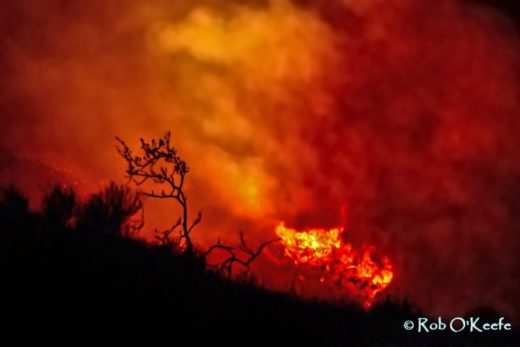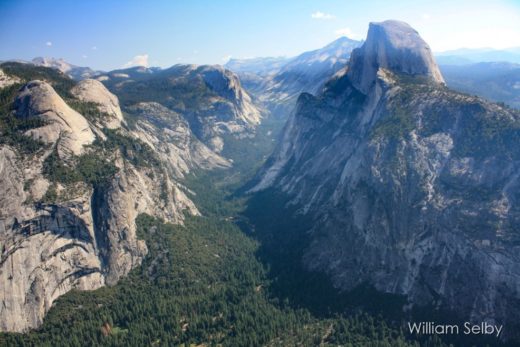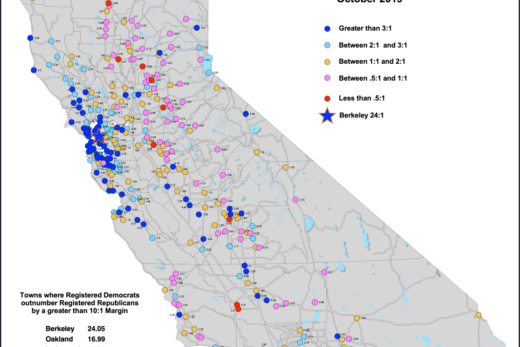Several of our previous website stories (such as Surfing CalifornIA and Natural History of a Grain of Sand) illustrated how ocean waves have impacted and shaped our Golden State’s coastlines. Last year’s record storms generated monster waves that devastated beach infrastructures up and down the coast, particularly around Monterey Bay (see our story, Tracking Historic Weather Whiplash in the Winter of 2023). Now, about a year after many coastal locales were recovering from that destruction, a series of storms charging across the North Pacific sent more sets of dangerous swells aimed directly at our west- and northwest-facing beaches. Once again, onlookers scampered to avoid deadly rouge waves up to 40 feet high that challenged the most seasoned surfers, all providing dramatic scenes to decorate national news stories.

This latest exhibition of nature’s awesome power in this winter of 2023-2024 gives us a chance to encourage you to look back at our previous website stories that reveal some of the science behind the drama. But it is also a reminder that our book, California Sky Watcher, will be published by Heyday in a few months. There you will find discussions and an entire section illustrating how waves form and then break on our beaches. Here is a brief intro excerpt from that section of the book to whet your appetite and generate the wave conversation: Whether nearby or many thousands of miles away, winds propagate swells that will eventually become the breakers we experience on our beaches. It all starts with friction as winds skim across the ocean surface. The largest swells or waves are generated by the strongest winds blowing over the greatest distance (known as fetch) for the longest time periods. Those three variables can combine to send monster swells to the California coast, especially from late autumn through spring.
This is exactly what happened from late December into January this year along the California coast. Long-period swells were generated by powerful winds in storms far out at sea. Those storms and their swells were driven toward the coast. Such longer-wavelength well-formed swells can travel thousands of miles and behave quite differently from the more chaotic and choppy wind waves generated by local winds. (I have sometimes labeled those latter annoying nuisances as “sucker punch face slappers” for their ability to agitate the water surface into white caps that splash stinging seawater into my nostrils and mouth.) By contrast, you can see the long-period swells coming from afar and then time the arrival of these powerful sets of waves. Should they arrive during low tide, they may often break far enough out and off the beach without much fanfare. But should the big ones come ashore about six hours later during high tide, particularly during spring tides that coincide with the new or full moon phases, get out of the way! These are the gnarly troublemakers that mean business. Most of the epic beach erosion and destruction episodes in California history (such as in 2023 and during the 1982-83 El Niño storms) resulted from the perfect collaboration of high tides, storm surges, and giant waves that make for awesome videos and remind us that timing is everything.

And so, as 2023 turned to 2024, we again saw the coastal advisories warning the unwary: “These waves can also move large objects such as logs, crushing anyone caught underneath.” When such advisories are ignored, we watch videos of people being swept off their feet to their deaths, or sent to the hospital after being rescued, such as when a rogue wave recently caught folks by surprise along the Ventura coast. You might have even noticed how these coastal erosion events seem to be causing more destruction over time as coastal structures and infrastructures increasingly fall into the ocean, threatening the very survival of entire California communities. In her recently-published California Against the Sea, Rosanna Xia did a masterful job of illustrating how we are now suffering the consequences for building too close to the waves after realizing we couldn’t settle any farther west. Climate change is now delivering a one-two knockout punch in the form of more powerful storms on top of sea levels rising at accelerating rates. As these dramas unfold, they will earn many more future chapters, so stay tuned.
Here are some videos that captured the awesome power of the waves in late December, 2023 along the California coast. Skip past them to the end of this story to find satellite images and weather maps tracing the sources of such historic waves.
The Now Famous Ventura Rogue Wave Goes Viral:
Mavericks, near NorCal’s Half Moon Bay:
If you have time to view more December 28, 2023 gnarly surf video from Mavericks.
San Diego’s Ocean Beach:
La Jolla:










